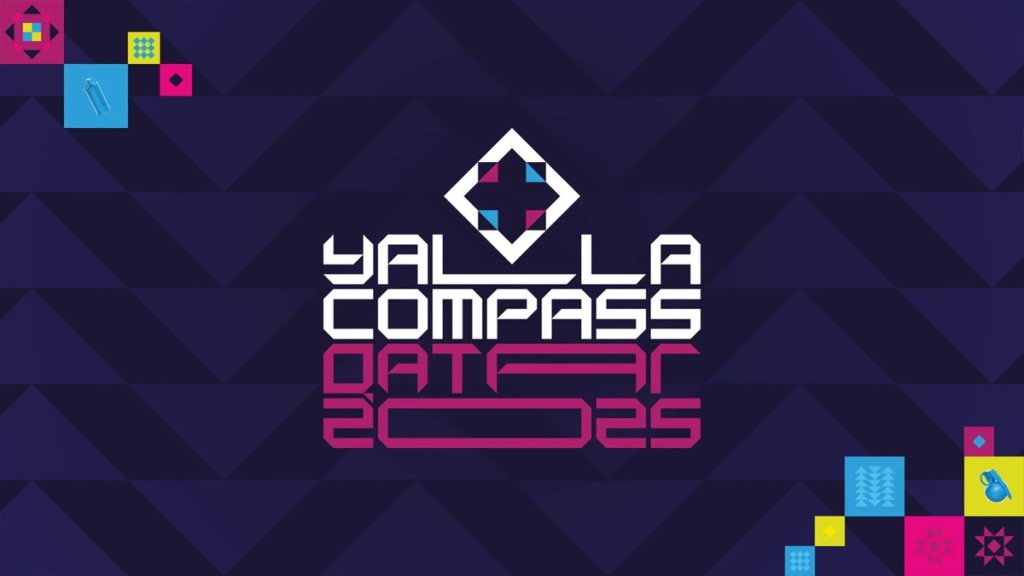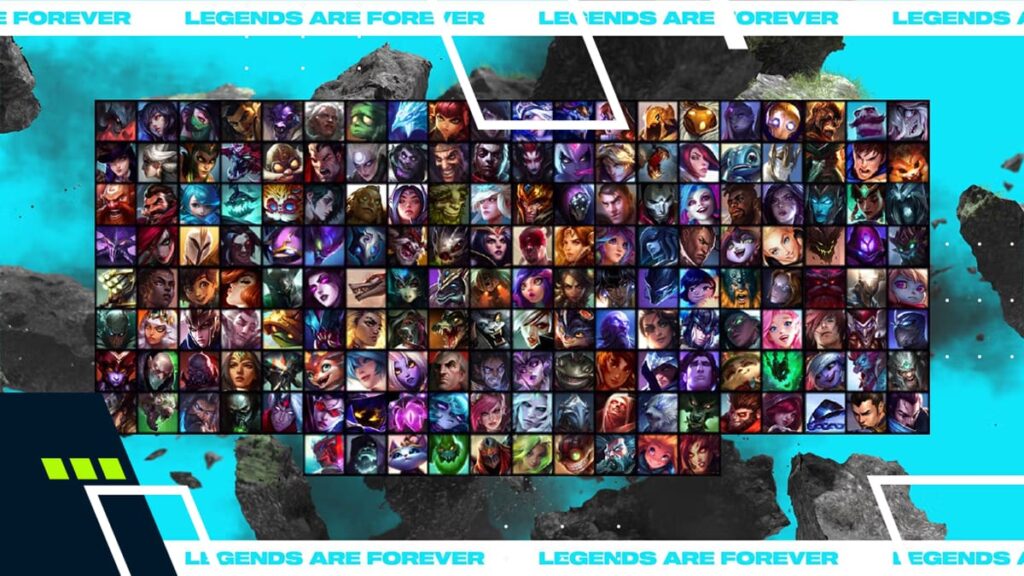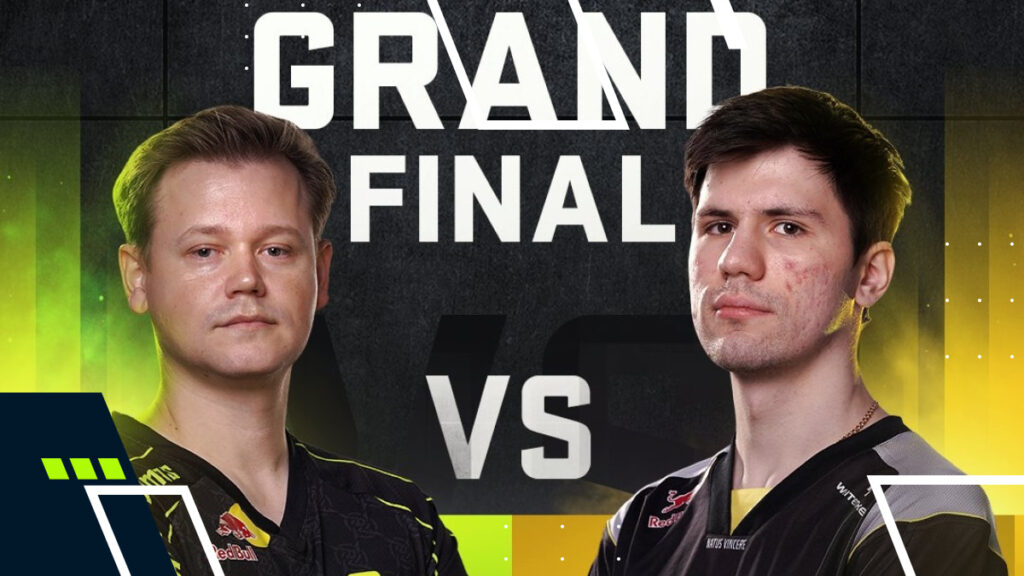YaLLa Compass Spring 2025 – Teams, Format, & Watch Live
YaLLa Compass Spring 2025 is a Tier 1 tournament taking place online between April 16th and 19th, bringing 12 teams to the server to clash for their share of a $300,000 prize pool. Originally planned to take place in Qatar, the event was moved online, and is set to be played on European servers for logistical reasons.
While YaLLa Compass Spring 2025 arrives too late for the VRS points to matter for this Major cycle, it represents a great opportunity to get some early points on the board for the next one later this year.
Watch YaLLa Compass Spring 2025 Live
You’ll be able to watch all the YaLLa Compass Spring 2025 action from the official Compass Twitch account, which we’ve embedded below. Make sure you drop them a follow so you don’t miss a single round of play.
YaLLa Compass Spring 2025 Format and Teams

Credit: YaLLa Compass
YaLLa Compass Spring 2025 kicks off with two round-robin Groups, each featuring six teams. It’s a format we’re well used to in online Counter-Strike tournaments, with the Playoffs then moving into a standard single-elimination bracket.
Group Stage
- Two round-robin format groups
- Each group has 6 teams
- All teams play each other once
- All matches are best-of-one
- The top three teams from each group advance to the Playoffs:
- Group stage winners advance to the Semifinals
- Group stage runners-up advance to the Quarterfinals as the High Seeds
- Group stage 3rd place teams advance to the Quarterfinals as the Low Seeds
Playoffs
- Single-Elimination bracket
- All matches are best-of-three
YaLLa Compass Spring 2025 Teams
There was considerable controversy about the teams attending YaLLa Compass Spring 2025. Many teams utilized the qualifiers for the event as an opportunity to gain VRS points before the cutoff for the BLAST Austin Major invites, before dropping out of the event entirely. This is what caused the move online, but many teams still dropped out regardless, choosing instead to focus on qualifying for the biggest CS2 event of the year.
The teams at YaLLa Compass Spring 2025 have been separated into two groups, as per the format above. Check them out below:
Group A
- Nemiga
- 9 Pandas
- GUN5
- Partizan
- Passion UA
- ECLOT
Group B
- BetBoom
- Metizport
- ENCE
- Spirit Academy
- Nexus
- GTZ

Credit: YaLLa Compass
YaLLa Compass Spring 2025 Predictions
Because YaLLa Compass Spring 2025 is filled with teams traditionally associated with Tier 2 Counter-Strike, it has the potential to produce some wacky results. I’m pitching Passion UA as my surprise favorites in this one. I like the recent roster moves they’ve made, bringing in both Woro2k and DemQQ. If they can get a honeymoon phase, then they should be winning this one.
I’ve obviously got to highlight Spirit Academy, too. With a top-tier talent like kyousuke on board (with rumors he’s set to join Falcons), there’s always the chance that they could stomp the competition at YaLLa Compass Spring 2025.

















